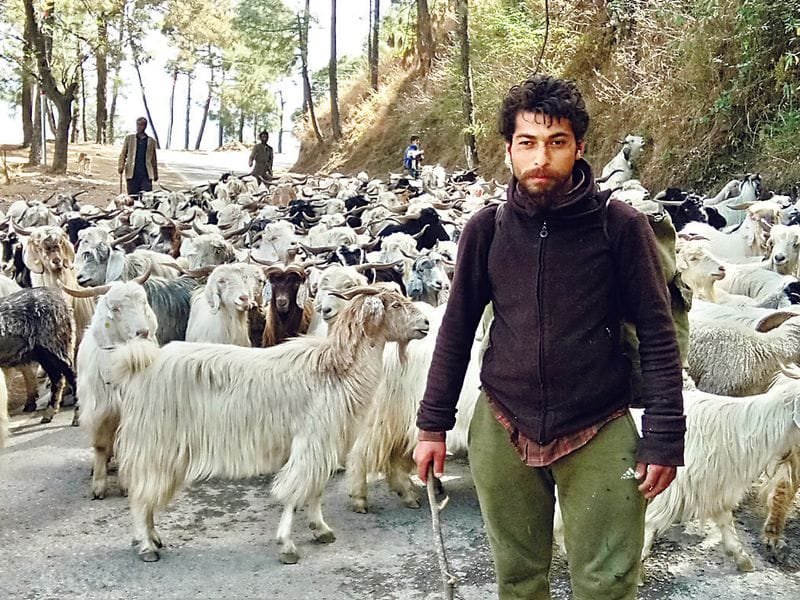SIRMAUR, May 7 — With summer sun warming the low hills of Himachal, the seasonal migration of nomadic shepherds begins once again.
Flocks of sheep and goats, guided by pastoralists from Kinnaur, Dodra Kwar, and Chamba, are now making their ascent toward the verdant heights of the Himalayas, leaving behind the quieter, warmer slopes of Sirmaur district.
Though not a permanent home to these communities, Sirmaur has long served as a crucial wintering ground—offering open fields, mild weather, and a relatively accessible terrain.
From November to April, regions like Paonta Sahib, Shillai, and Rajgarh become temporary sanctuaries for hundreds of Gaddi and Gujjar shepherds.
“For generations, Sirmaur has welcomed us,” says Chering, a shepherd from Chitkul in Kinnaur, as he prepares for the journey toward Narkanda.
“This land helps our animals survive the harsh winters. Without it, our herds—and our way of life—would not endure.”
According to the Himachal Pradesh Animal Husbandry Department, the state is home to nearly 1.9 million sheep and goats, with over 60% reared by migratory shepherds.
These pastoralists are key contributors to the state’s wool economy and play a critical role in maintaining organic manure cycles and regional biodiversity.
Their life on foot spans rugged terrain, often lasting months. Shepherds such as Himlal from Dodra Kwar and Mohammad Ilyas from Chamba describe it as a deeply rooted identity.
“It’s not just a job, it’s who we are,” Himlal says. “There are wild animals, cold nights, unpredictable rain—but the freedom of the mountains and our bond with our animals keep us going.”
Sirmaur’s welcoming reputation is backed by a long-standing symbiosis between locals and the herders.
Villagers lease unused fields, share water and grazing space, and engage in informal trade.
“They’re not outsiders to us,” says Kiran Devi, a farmer in Ronhat. “We sometimes buy wool or milk from them, and their animals help keep our land fertile.”
To support this migration, the Himachal Pradesh Wool Federation sets up temporary wool collection centers across Sirmaur, ensuring fair prices and offering basic supplies including solar lanterns, first-aid kits, and veterinary support. Health and vaccination camps run by the Animal Husbandry and Tribal Welfare Departments add a crucial safety net during the seasonal stay.
“There’s a structure to this lifestyle, even if it seems nomadic,” says an official at the Wool Federation’s Nahan office. “Every year we ensure they’re equipped for their stay—because this is not just tradition, it’s a rural economy in motion.”
Even as modernisation draws younger generations away from pastoralism and toward formal education and urban careers, there is a growing push to preserve and adapt this centuries-old practice.
From ecotourism programs that allow visitors to join pastoralists for short durations to certified organic wool initiatives targeting green markets, new models are being tested.
“In Sirmaur and beyond, there’s new potential if we connect tradition with opportunity,” the Wool Federation official adds.
As flocks begin their upward trek to summer grazing lands in Kinnaur and Chamba, the shepherds leave behind more than trampled grass and faint trails—they leave a reminder of Himachal’s enduring rhythm. And in the quieter valleys of Sirmaur, the land prepares to welcome them once again when winter returns.

